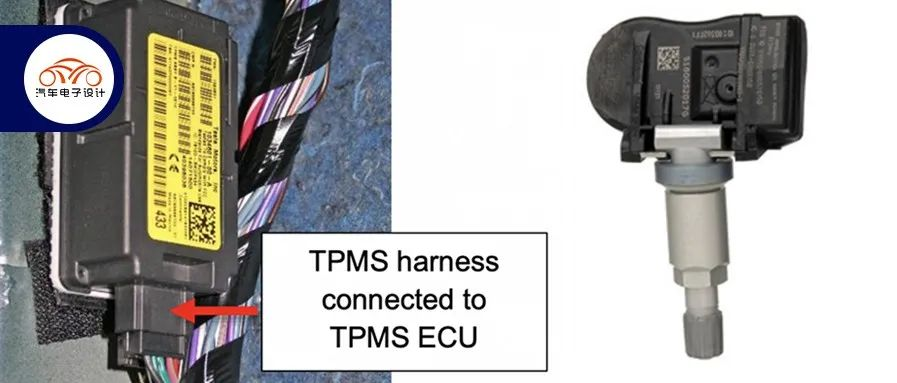Author: Zhu Yulong
When organizing the wiring harness architecture, a very interesting direction is to develop the wireless network inside the car according to what structure – such as TPMS, wireless keys, mobile phone keys, and whether there will be more in-car wireless communication (wireless BMS), I think it is more appropriate to analyze from this architecture.
Tesla iterates very quickly: at the beginning of 2020, the TPMS sensors in mainland China were switched on for Model Y, and at the end of 2020, the product of Model 3 was also switched. And the supplier has also appeared to do OEM. I think the first thing to discuss is the evolution of the entire Tesla wireless unit and TPMS evolution.
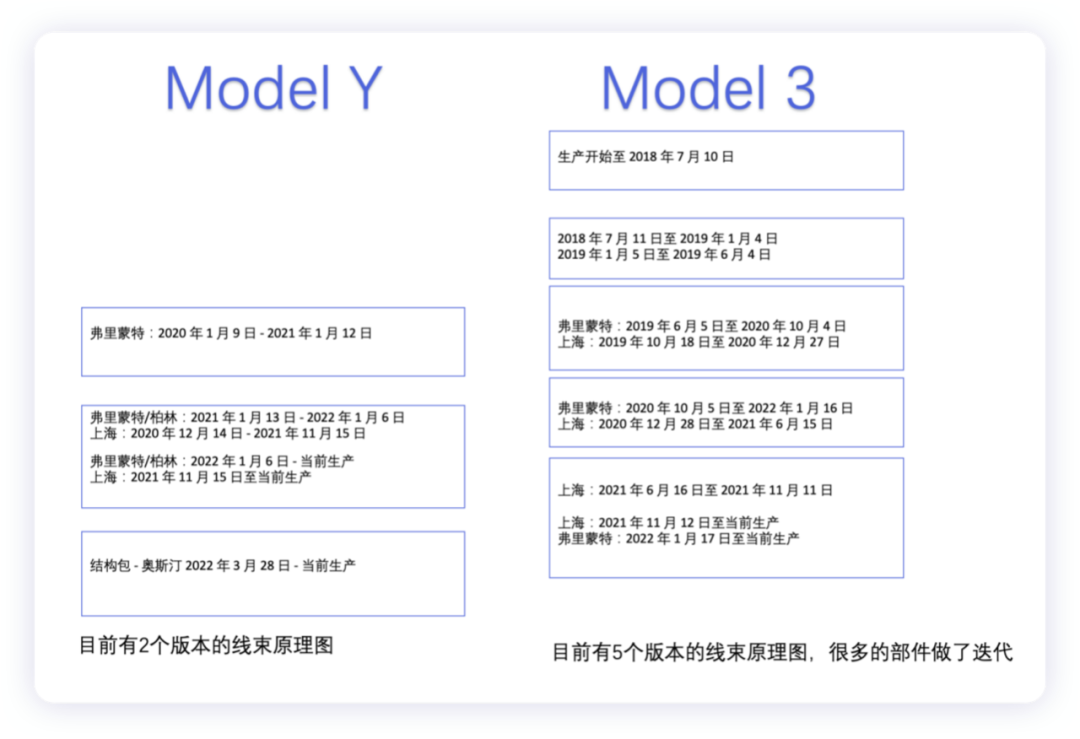
Tesla’s wireless network and antenna
Currently, the main components that Tesla needs to certify include several units, covering security systems, keys, tire pressure sensors, and wireless charging.
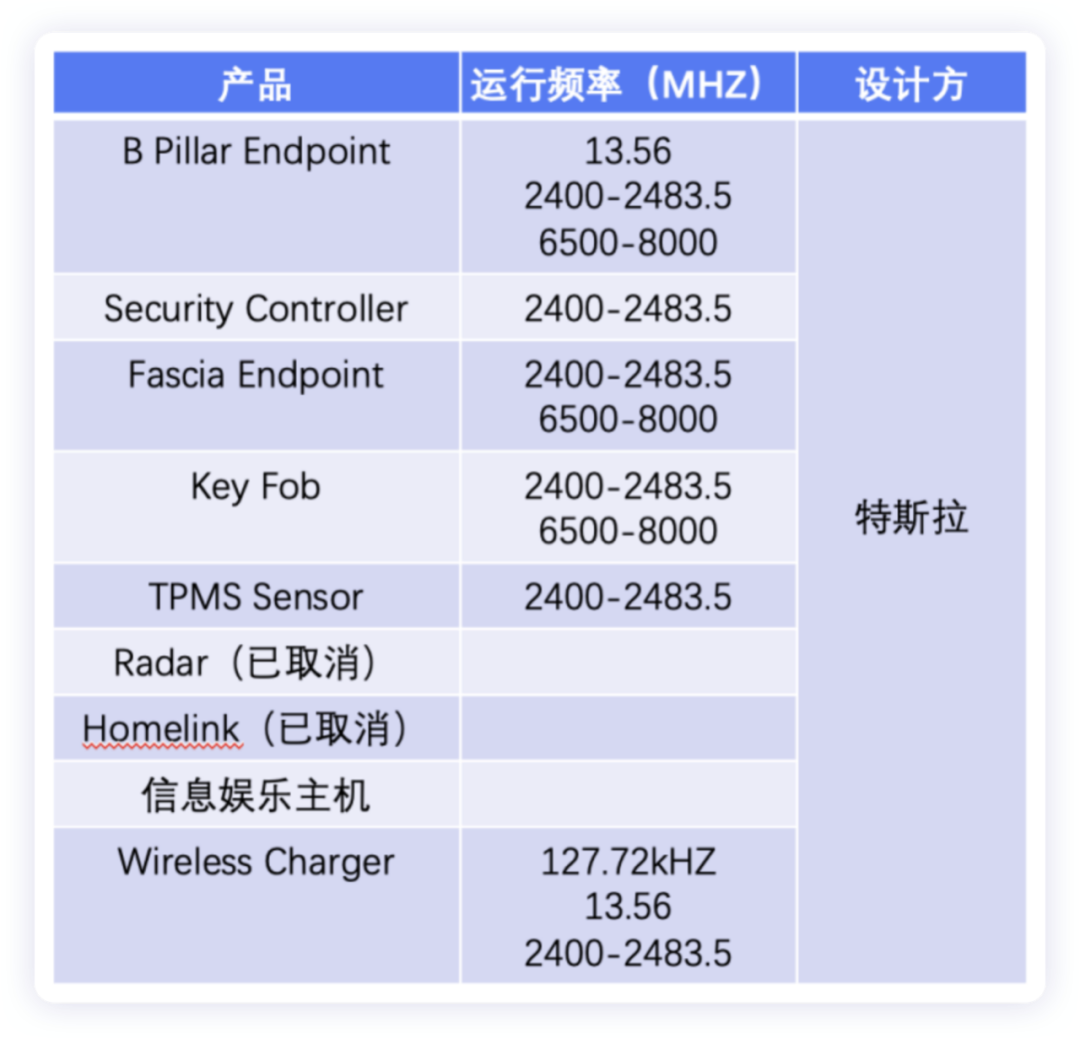
From the perspective of the entire design evolution, Tesla concentrated the entire frequency band on 2.4Ghz, and canceled the original TPMS of 315MHz and 433MHZ. In the latest generation system, the frequency band of 6.5Ghz-8Ghz was introduced (we will discuss the vehicle security system later). The entire antenna system includes antennas for different components.
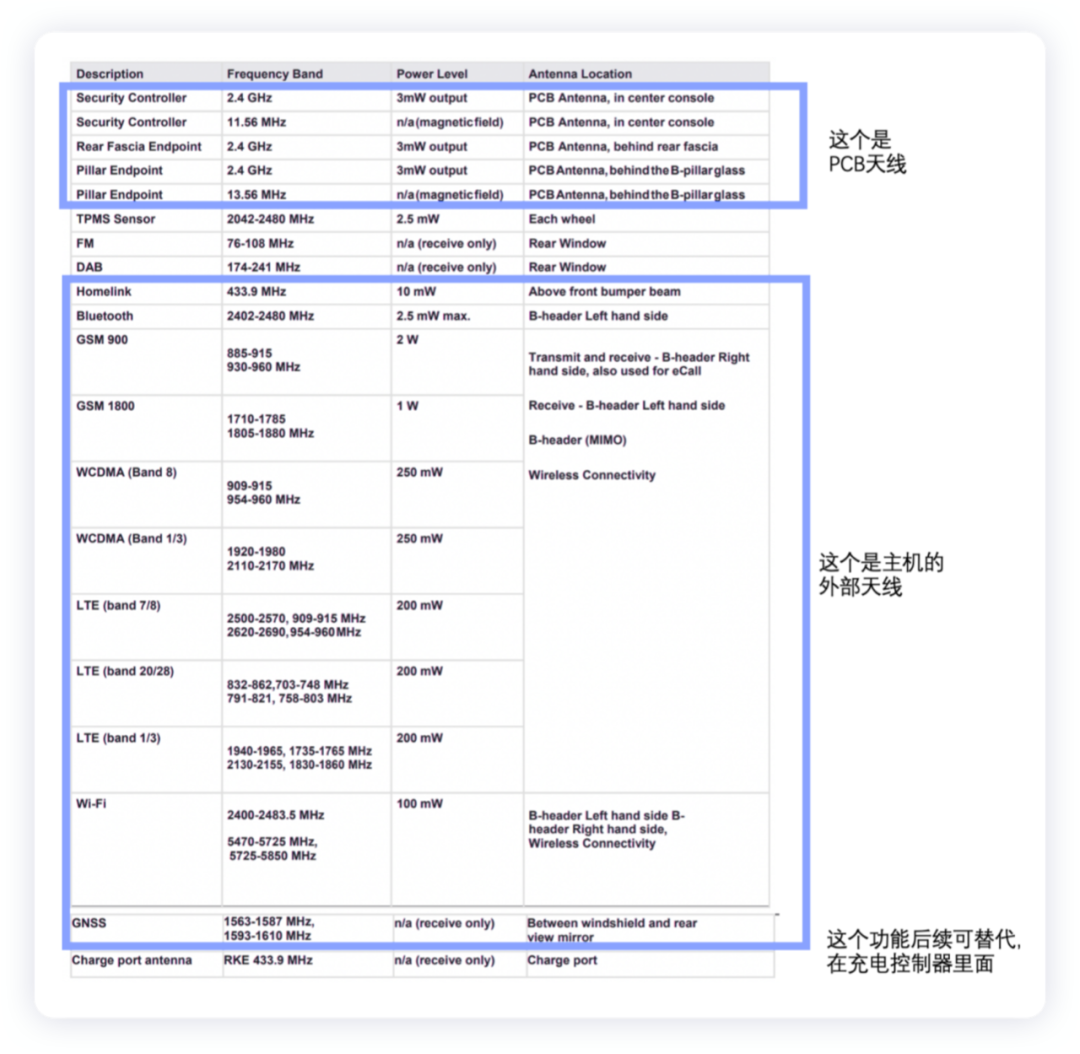
Tesla Bluetooth TPMS
Tesla’s early TPMS supplier was Continental. The main defect was that in Model 3, Tesla specially used a receiver to receive TPMS RF signals. Moreover, from RF to Bluetooth, Tesla made special changes in this area. As shown in the figure below, not only the four TPMS sensors are similar to everyone, but the TPMS ECU in mainland China is not integrated and placed separately.
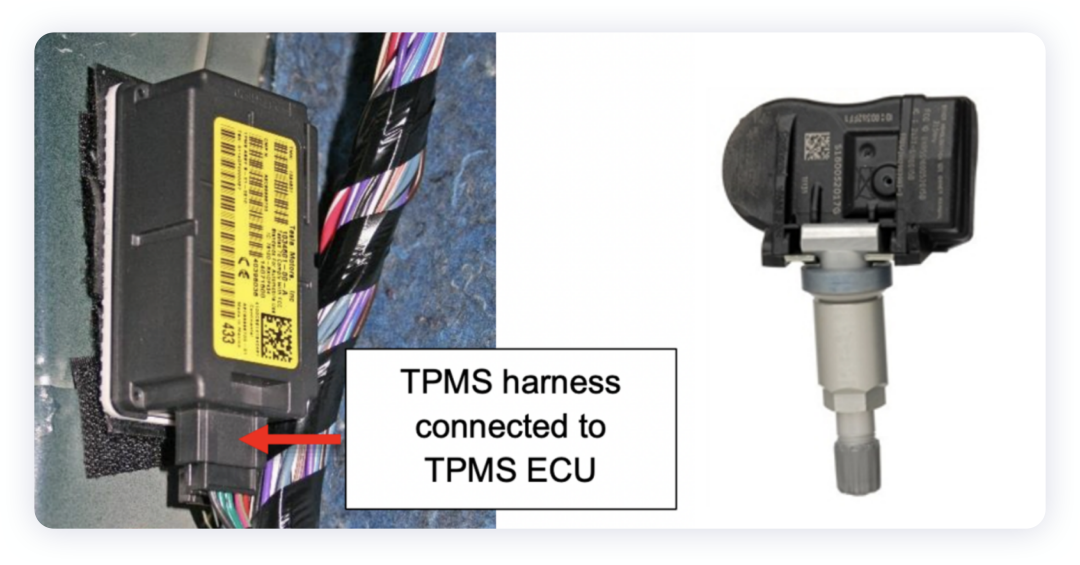
Mainland China is mainly based on TPMS single-chip solutions, which is the kind we all know.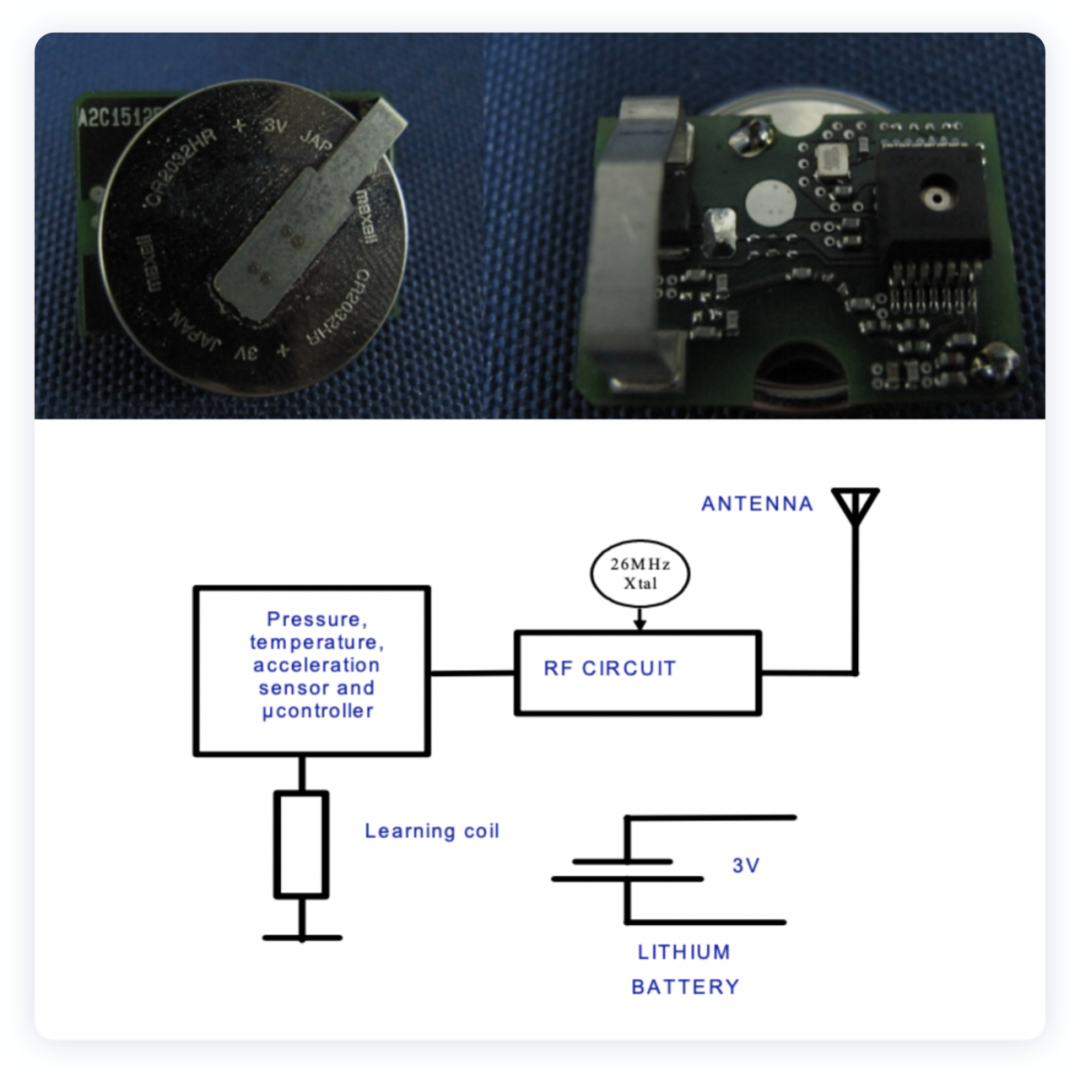
The design direction of this solution is to replace the traditional RF products with Bluetooth TPMS by outsourcing factory system production. This was first tried in 2020, when this Taiwanese company exclusively supplied TPMS for Model Y, and in October 2020, it was introduced to Model 3. In mid-January 2021, Tesla placed an order and switched all TPMS to the Bluetooth version. The early version used the M96403 tire pressure sensor and TI’s CC2640 microcontroller.
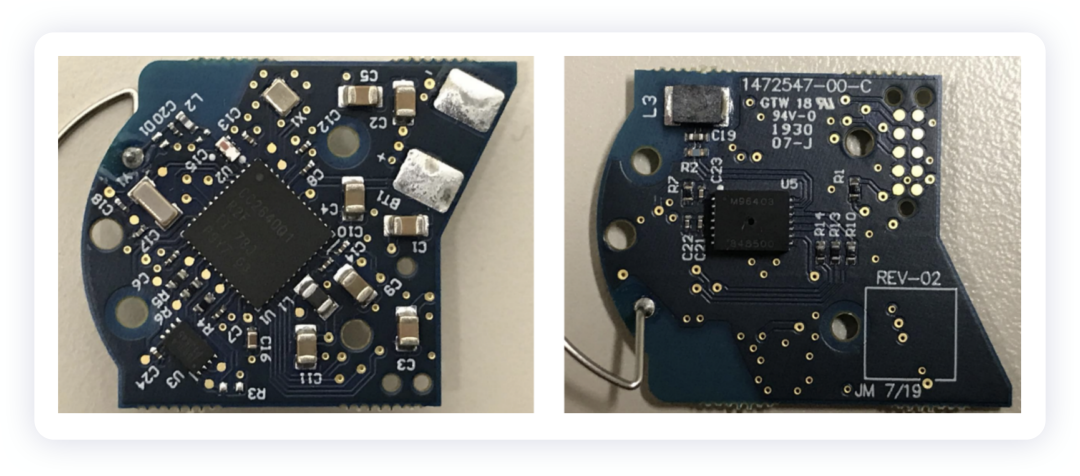
This component uses two different lithium batteries, Murata and Maxell, and then uses TI’s low-power CC2642 Microcontroller.
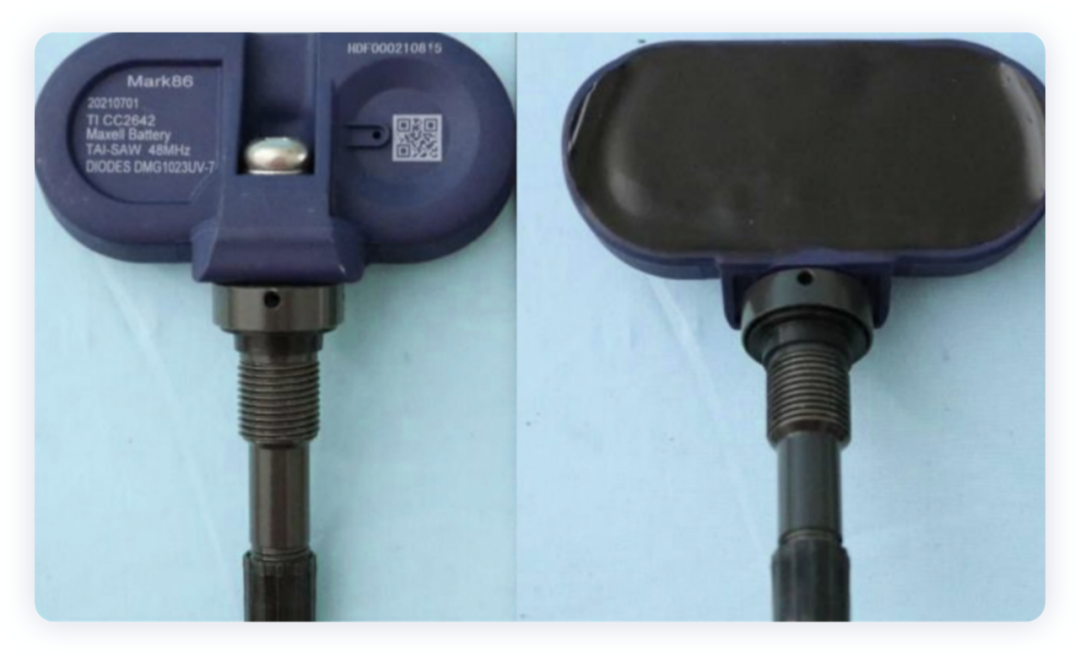
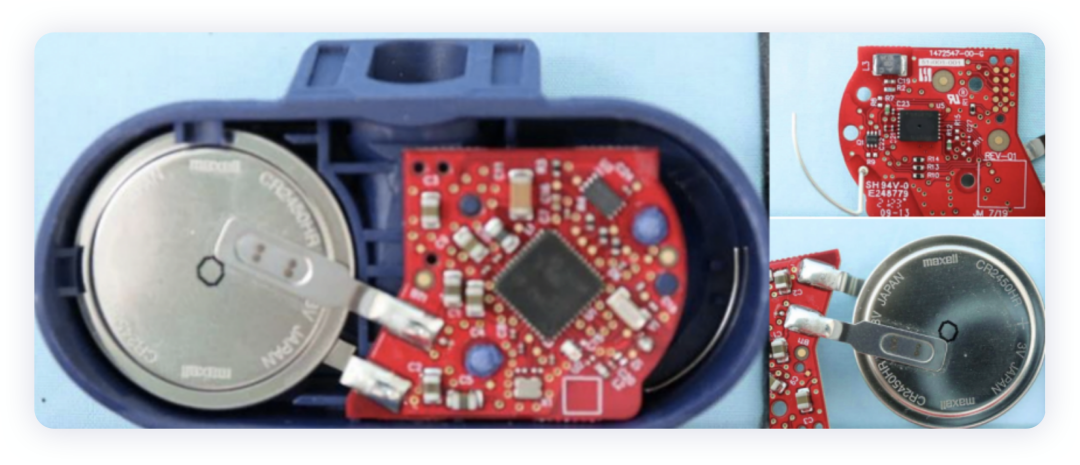
This is the latest design solution. I feel that the Bluetooth part is integrated into the MCU, which is equivalent to getting rid of the constraints of the original TPMS chip. Actually, the most significant advantage is that the MCU has more autonomy to do coding, and the use of Bluetooth can get rid of the limitation of the original 433MHZ and 315MHZ frequency bands, and can also receive without a receiver on 2.4GHZ, depending entirely on one’s software ability.
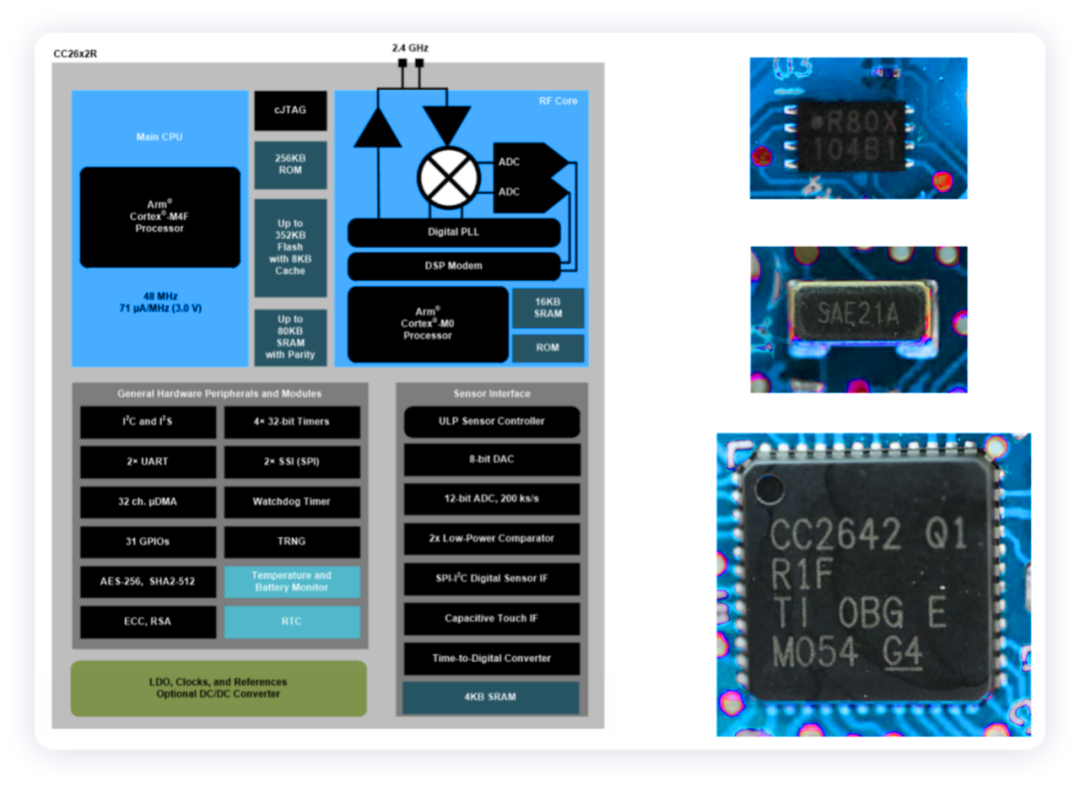
From this solution, Tesla has become a product provider by collaborating with outsourced factories, which can continue to make money in both front-end and post-sale service. It’s really an interesting idea because you can’t get its code, and the market only has exclusive supply.
Summary: Tesla’s many innovations are not cost-effective in the initial stages, but the possibility of its own definition of the main goals is still there. Then, those logicalities with a large amount verified in consumer electronics and industrial grade are selected.
This article is a translation by ChatGPT of a Chinese report from 42HOW. If you have any questions about it, please email bd@42how.com.
